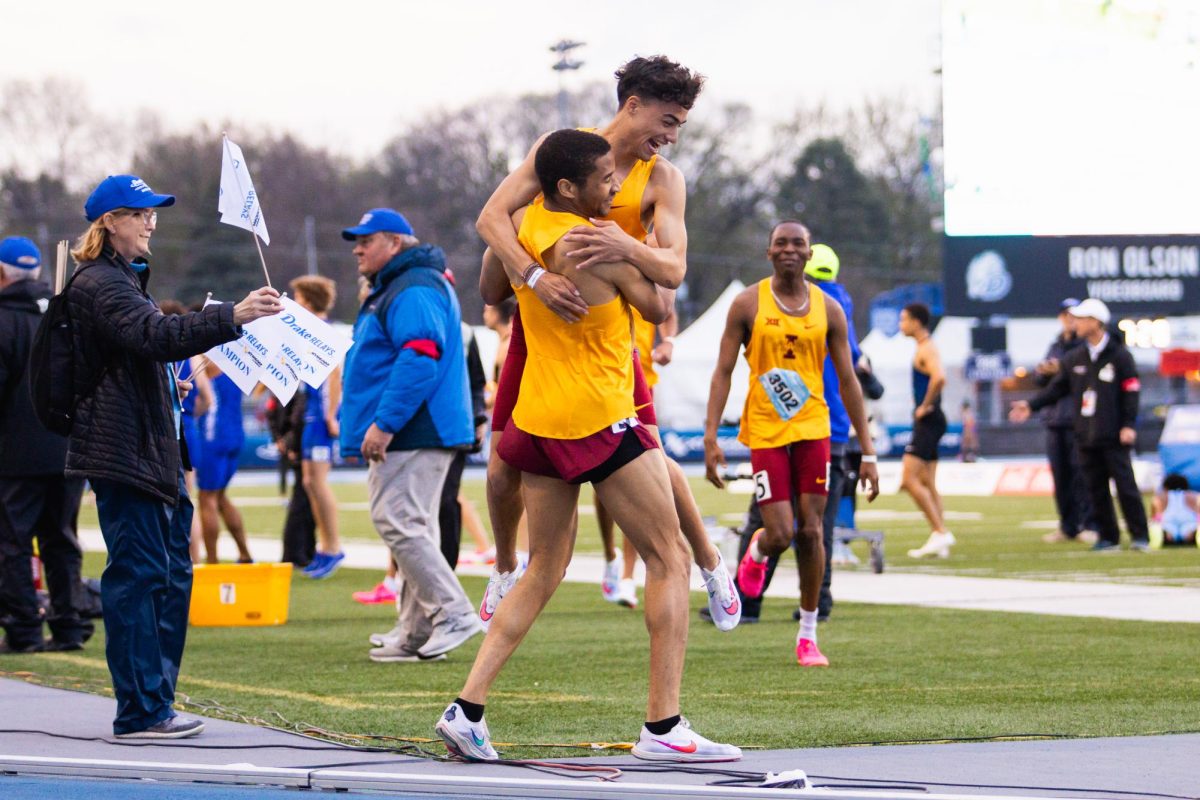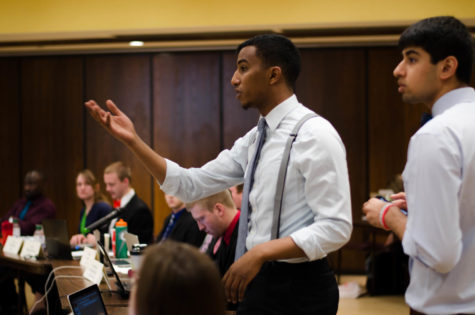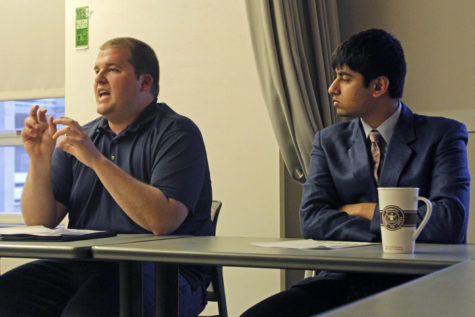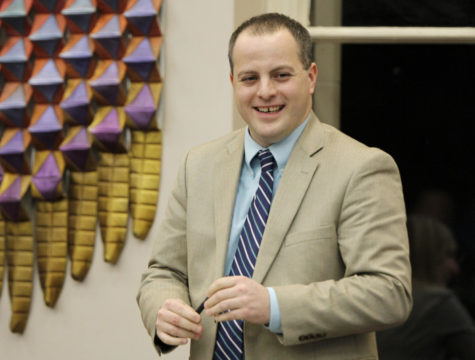Electronic elections heighten UNI turnout
March 2, 2000
Thanks in part to a newly implemented electronic-voting system, the student government at the University of Northern Iowa has successfully increased its voter turnout.
“Anyone, anywhere with access to the Web can cast their ballots,” said Matt Yochum, UNI senior and director of public relations for Northern Iowa Student Government.
Voter turnout increased from last year’s 16 percent to 24 percent this spring, said Matt Rasmusson, UNI junior and candidate for vice president.
Yochum said the program, which was presented by UNI’s Information Technology Services department, is a modified version of a secured student class survey system already in place at the university.
There was no cost involved for NISG, but staff members were rearranged to accommodate the program’s needs, he said.
“About a month prior to the actual elections, our [student] government and Legislative Affairs started work on changing our rules so that they would be Web-compliant,” Yochum said.
With the change in voting procedures, students also used the Internet as part of their campaigning.
“We advertised our Web page as the voting site,” said Mike Russell, UNI senior and vice-presidential candidate. “It had a direct transfer to the voting page.”
Dan Sterenchuk and Mike Russell won the election Wednesday night in a run-off. Five slates ran in the original Feb. 23 election, but because no slate won the necessary 50 percent, a run-off was held between Sterenchuk and Russell, who received 45.5 percent of the original vote, and the slate of Phil Parsons and Rasmusson.
Iowa State’s Government of the Student Body elections do not require candidates to acquire a majority of the votes — only a plurality, said Michel Pogge, GSB election commissioner.
Despite needing a run-off vote, Yochum said the electronic-voting system worked well.
“Results are tabulated much easier, and there is less chance for human error in the counting process,” he said. “Before, friends of candidates guarded the polls and counted ballots. Now the Web takes care of those issues for us.”
The only minor problems experienced by voters, Russell said, were problems with the voting site on some computers and a lack of spots for write-in votes.
Matt Craft, GSB president, said electronic voting is in Iowa State’s future.
GSB passed a bill last November to move toward electronic voting, and students will most likely get the chance to vote online next spring.
“It’s definitely something that’s happening everywhere else,” he said. “It’s more convenient for the voters. And it won’t hurt turnout.”
Craft said electronic voting will mostly benefit commuter students and students with active schedules during the workday.
It will cost Iowa State $5,000 to purchase the equipment to set up electronic voting, Craft said. But he said it will be worth the investment because it will reduce the money spent on other things in paper elections, such as printing costs and poll monitors, he said.
“We’re the university of science and technology,” Craft said. “We might as well be leading the way in this.”









